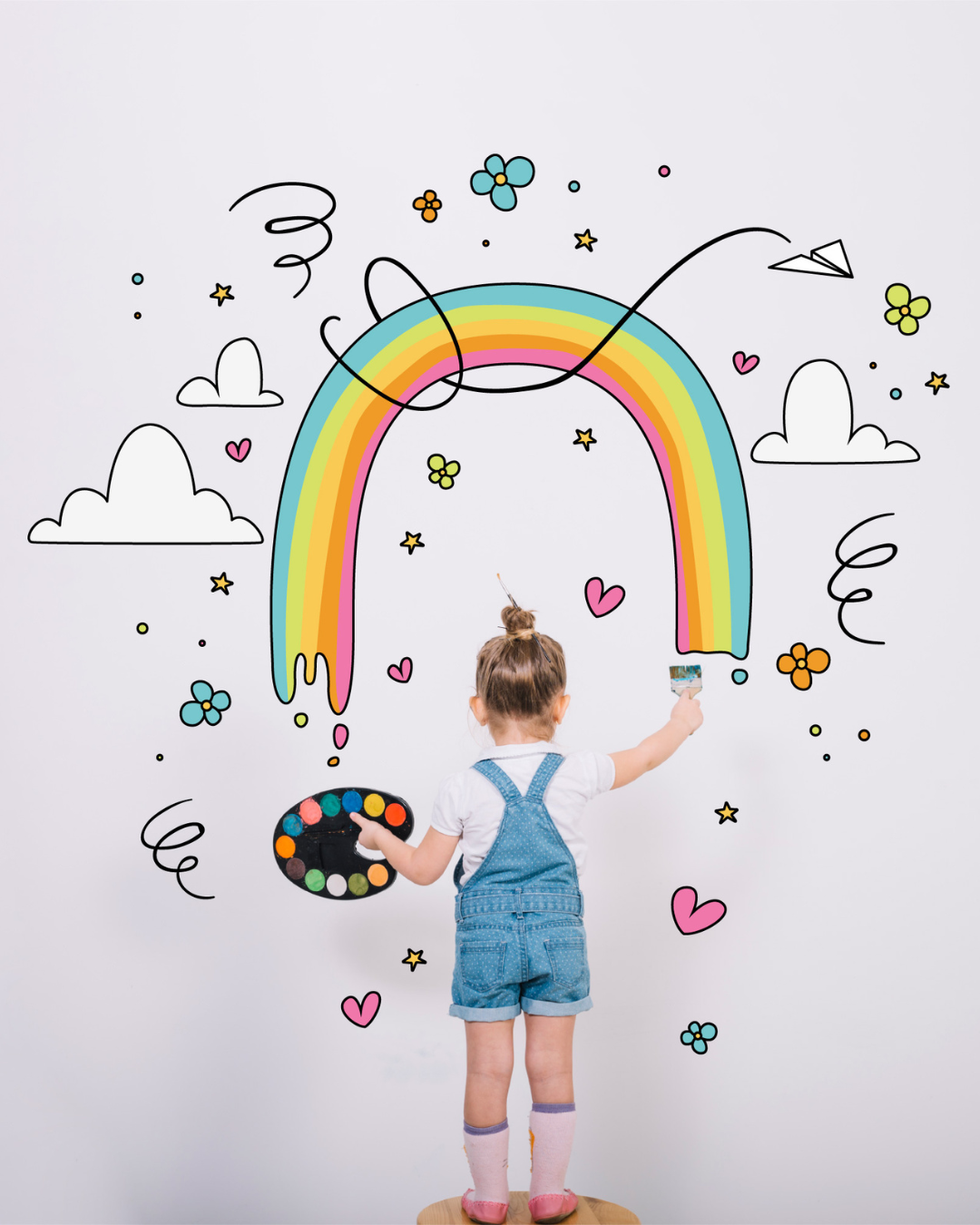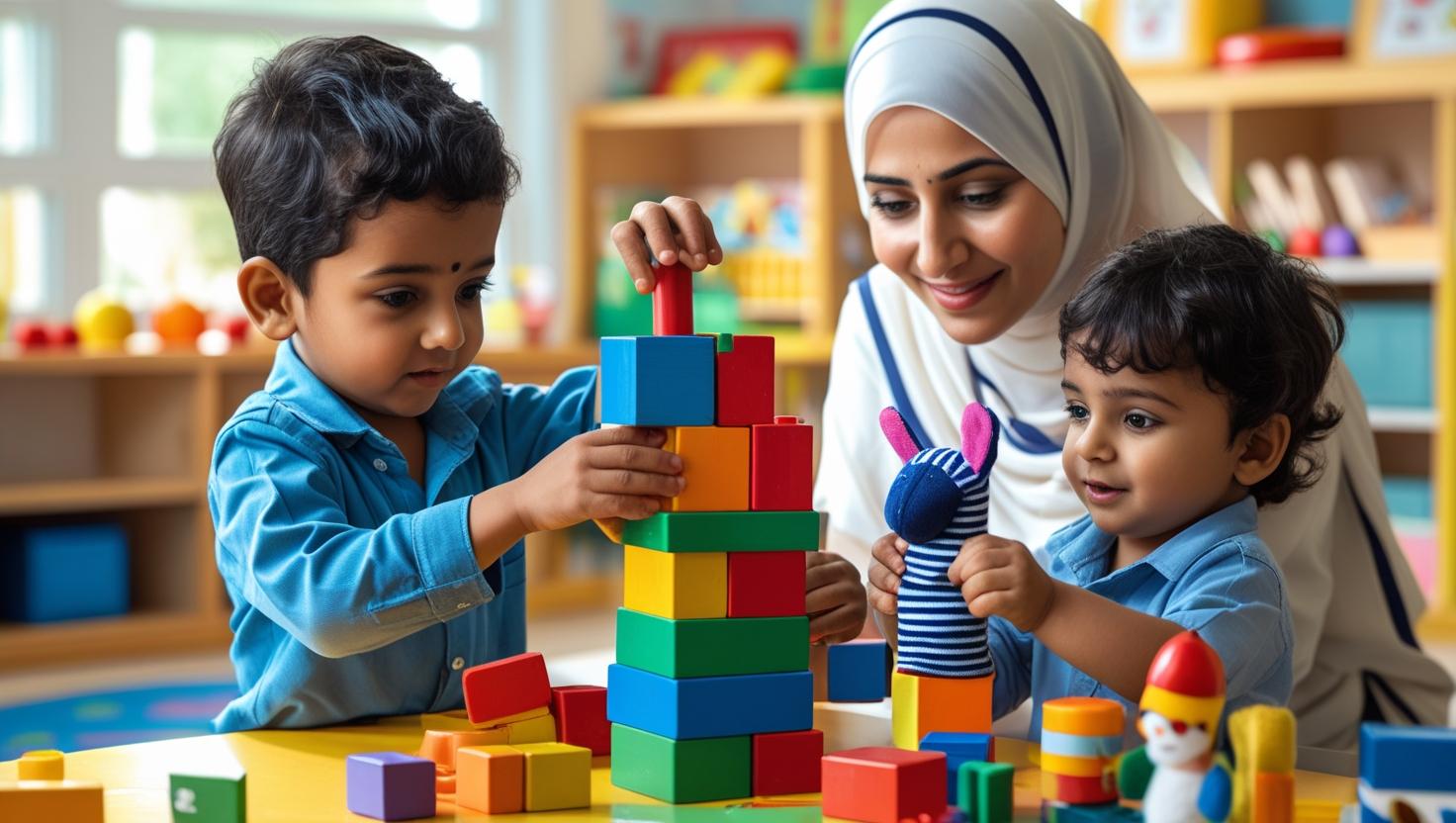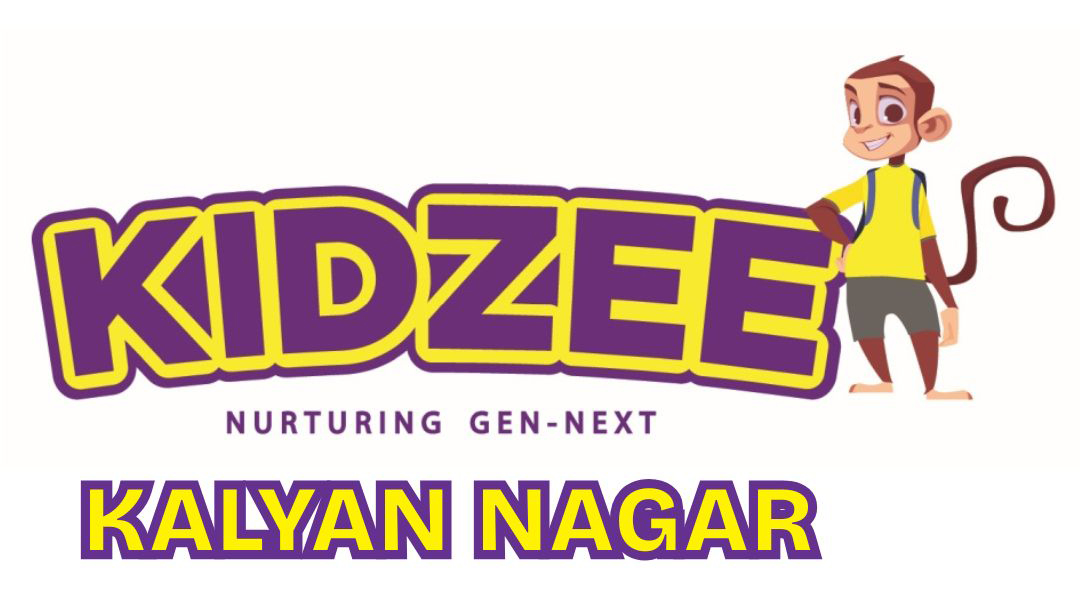Building Imagination: Blocks, Puppets & Role Play
Imagination is a child’s secret superpower. When young minds build with blocks, animate puppets, and step into pretend roles, they’re not just playing—they’re thinking, feeling, storytelling, and problem-solving. This playful trio—blocks, puppets, and role play—creates a rich, creative spark that fuels learning in magical ways.

Blocks: Constructing Brains & Confidence
Block play is a natural invitation to experiment and explore. As children stack towers or build imaginative structures, they practice spatial reasoning, problem-solving, and early mathematical thinking. Blocks also nurture social-emotional growth. Children learn to share materials, collaborate on designs, manage setbacks like collapses, and rebuild—bolstering resilience and teamwork . And when peers or caregivers acknowledge a child’s creation, it builds self-esteem and a sense of competence .
Puppets: Tiny Actors, Huge Emotions
Puppetry offers a safe, playful space for children to explore feelings and build social skills. Acting through a puppet allows shy children to express complex emotions—like jealousy, excitement, or sadness—without pressure, making emotional expression feel safer and more manageable Puppets boost empathy by allowing children to take on different perspectives and consider how their characters feel . They also enhance language skills—puppets encourage dialogue, tone variation, storytelling, and conversational structure .Physically, puppetry develops fine motor control and hand-eye coordination. Even simple sock or finger puppets require precise finger movements, which translate to improved dexterity later on .
Role Play: Living Stories, Learning Lessons
Role play allows children to step into different roles—like doctor, parent, superhero—and act out scenarios drawn from life and imagination. This type of play supports perspective-taking and emotional awareness, key elements of empathy and social development .
Children negotiate roles, resolve pretend conflicts, and collaborate on storylines—all building social flexibility and executive functioning like, planning, attention, impulse control.

When You Blend Them: Play-Based Magic
Combination | Example Activity | Learning Outcome |
Blocks + Puppets | Build a puppet theatre from blocks | Spatial planning + narrative creation |
Puppets + Role Play | Perform a puppet scene about friendship | Emotional expression + language skills |
Blocks + Role Play | Rebuild a fallen tower collaboratively | Cooperation + problem-solving |
Together, these modes fuel symbolic thinking, emotional insight, creativity, and social reasoning—all in immersive, self-directed play
Why It Matters
Research consistently shows that blending block play, puppet interactions, and dramatic role play nurtures flexible thinking, emotional resilience, language skills, and social competence. In today’s screen-heavy world, these tactile, imaginative experiences offer richer learning—encouraging divergent thinking, sustained attention, and joyful collaboration. Whether you’re looking to enroll your child in an environment rich with symbolic play or simply enrich playtime at home, these hands-on, creative activities can light up their natural curiosity and spark lifelong learning.
In short: building with blocks, voicing puppets, and stepping into role-play aren’t just play—they’re the building blocks of confident, empathetic, creative thinkers.

